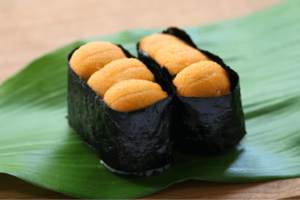
What is Uni? The Connoisseur’s Choice
Within a sea urchin’s spiky exterior lies a beautiful and luxurious treasure that has food critics and chefs raving about its unique taste. Allow us to help you break into the world of uni.

Within a sea urchin’s spiky exterior lies a beautiful and luxurious treasure that has food critics and chefs raving about its unique taste. Allow us to help you break into the world of uni.
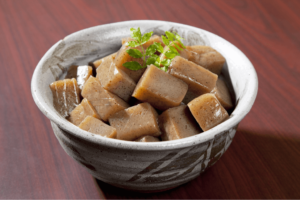
Konjac jelly is a nutritious vegetable that is often prepared and eaten in Japan. It is often overlooked, yet it’s an enjoyable ingredient used for a wide range of Japanese cuisines, from stews to bento boxes, and even fruit jellies.
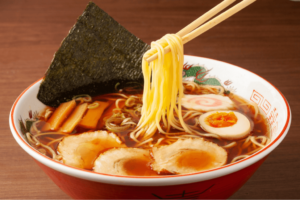
As one of the four main types of ramen, shoyu ramen (Chinese-style noodles in a soy sauce broth) has captured the hearts and stomachs of many a ramen lover.
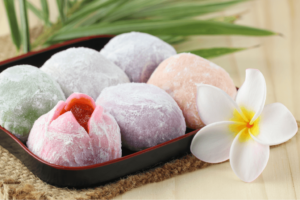
Daifuku (stuffed rice cake) is one of Japan’s most popular traditional snacks and comes in a variety of colors and flavors.
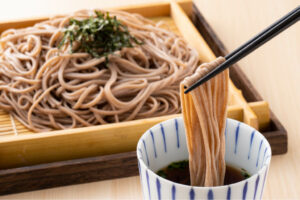
In the first part of our Soba Dish Chronicles, we looked at the different types of soba dishes. In this article, we’re going to explore Japanese cold soba dishes and see what makes the difference.

A traditional noodle dish from the Edo period (1603-1867), soba has quietly maintained its popularity throughout Japan’s long culinary history.
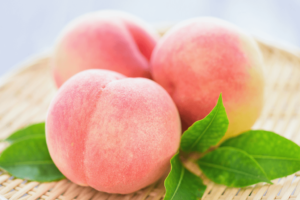
Japanese peaches are unique. Peaches cultivated in Japan are sweet and juicy, their soft white flesh unparalleled for its sweetness and melt-in-your-mouth texture.
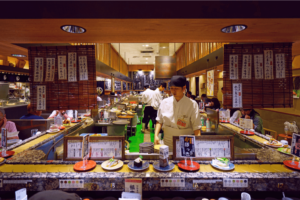
There are a lot of different places where you can eat sushi but not all of them will give you the same experience.
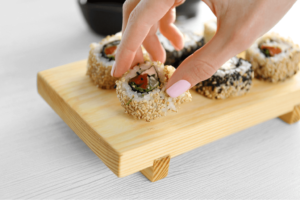
Sushi: perhaps the most famous offering that Japan has given to the international culinary scene. But how do you eat it?

While Valentines Day in Japan involves women given chocolates to men, White Day is when men have to return the favor. However, the secret meanings behind these sweets are entirely different! Read on to learn more about the significance of gift-giving on White Day!
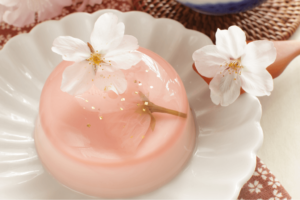
Not just a cultural symbol, the national flower of Japan – cherry blossom or sakura – is also skillfully used in cooking to create unique flavors and enhance the attractiveness of traditional Japanese food and drink.
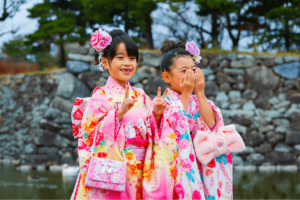
Since the Heian Period (794-1195), every year on March 3rd is Girls’ Day, also known as Doll’s Festival or ‘Hina Matsuri’ in Japanese. This is a day in which families all over Japan wish for the health and prosperity of their young girls,
Join our newsletter and receive tasty news and deals
Thanks! We just sent you an email to confirm your subscription. To finish signing up, please click the confirmation link in the email.
Error